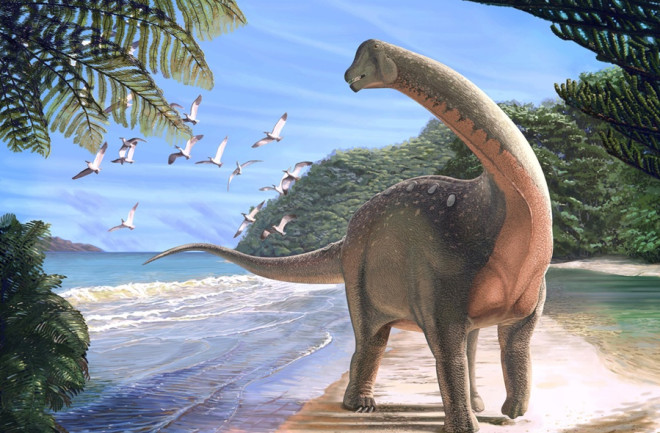About 75 million years ago, the Dakhla Oasis in Egypt’s Western Desert was a world of lush vegetation and coastlines where the titanosaur Mansourasaurus, described this year, roamed.Andrew Mcafee/Carnegie Museum of Natural History
How Paleontologists Are Finding Fossils in Surprising Places
Fossils from unexpected places, and new ways to study them, are changing how we see the deep past.
Jan 1, 2019 12:00 AMNov 18, 2019 3:23 AM

About 75 million years ago, the Dakhla Oasis in Egypt’s Western Desert was a world of lush vegetation and coastlines where the titanosaur Mansourasaurus, described this year, roamed. Andrew Mcafee/Carnegie Museum of Natural Histo
Newsletter
Sign up for our email newsletter for the latest science news
0 free articles left
Want More? Get unlimited access for as low as $1.99/month
Stay Curious
Sign up for our weekly newsletter and unlock one more article for free.
View our Privacy Policy
Want more?
Keep reading for as low as $1.99!
Already a subscriber?
Find my Subscription
More From Discover
Stay Curious
Subscribe
To The Magazine
Save up to 40% off the cover price when you subscribe to Discover magazine.
Copyright © 2025 LabX Media Group
